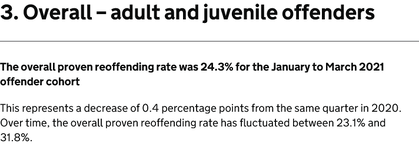1finny
Well-known member
I'm sure the poor victims family would agree with that
Sorry to be an asre here - but, how can you be so sure?
I think this thread demonstrates people have different views.
It’s prob best that none of us assume people think like us - helps us to be more curious.




